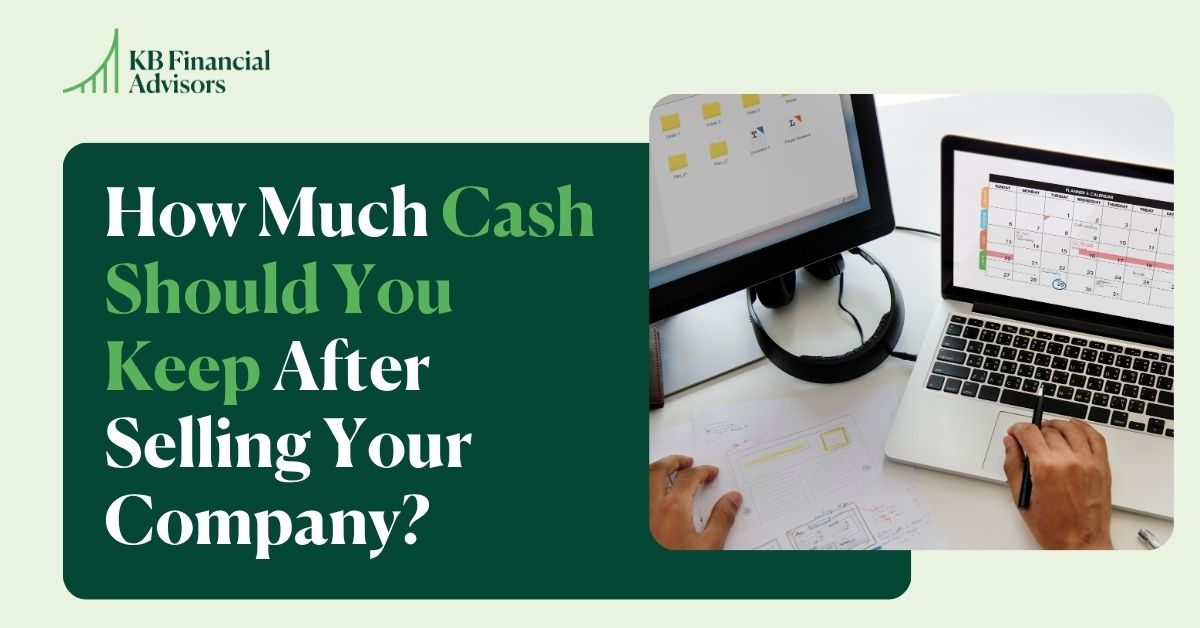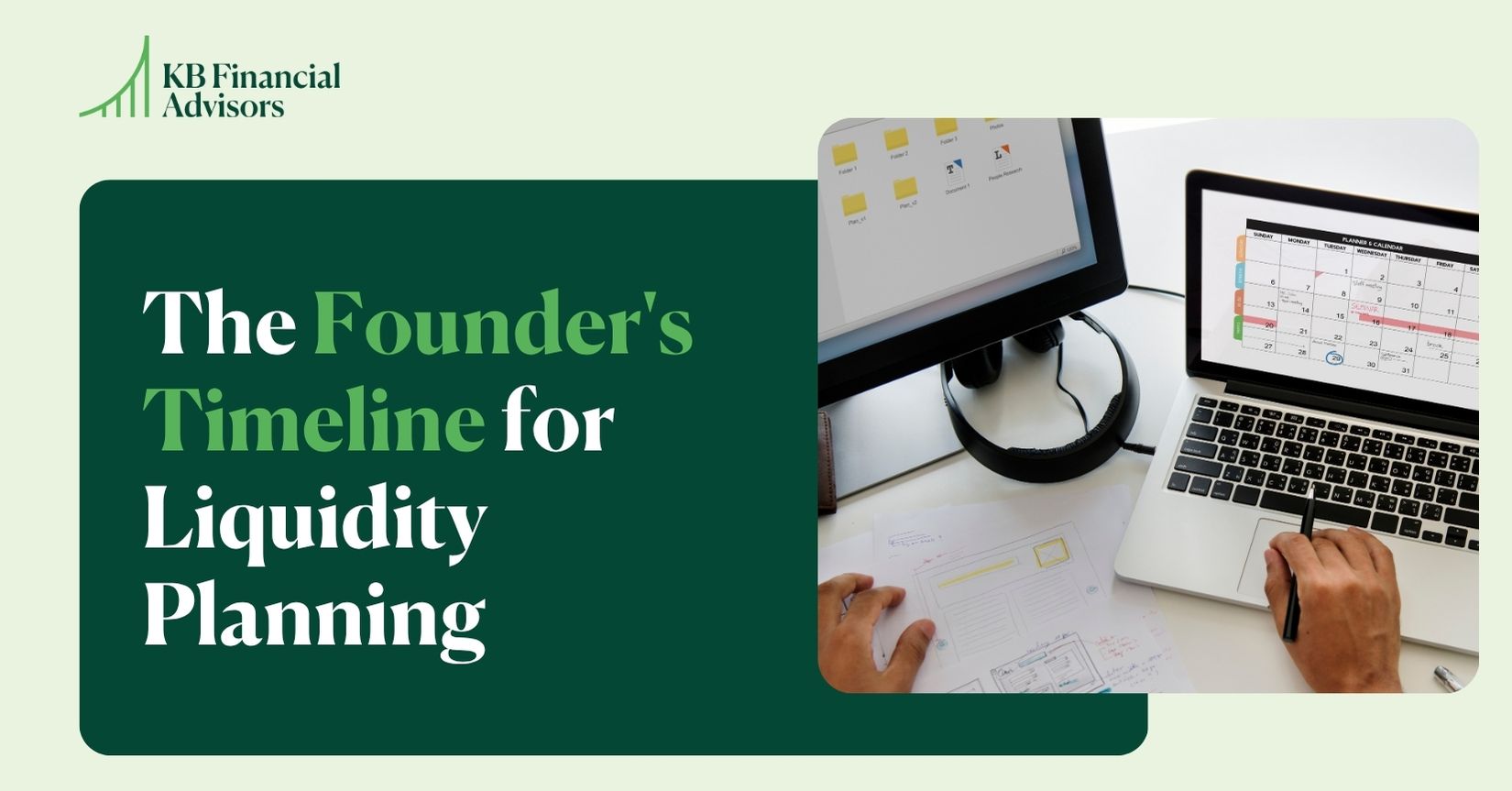Stock options can be a great perk, but figuring out how to actually exercise them? Confusing, to say the least.
One of the most common questions we hear is:
“Do I need to come up with cash to exercise my options?”
And the answer is, not always.
In this post, we’ll explain what a cashless exercise actually is (with a real example), how it compares to a cash exercise, and when one might make more sense than the other (especially if you’re dealing with ISOs vs. NSOs or pre-IPO vs. post-IPO timing).
Let’s start with the basics.
First, What Does It Mean to “Exercise” Stock Options?
If you’ve been granted stock options (not RSUs), exercising your options means turning them into actual shares of stock.
It’s like having a coupon to buy stock at a discount. When you “exercise,” you use the coupon and buy the shares – usually at a much lower price than what they’re worth today.

Here’s an example:
- You have the option to buy 1,000 shares at $1 per share (your strike price).
- Today, the shares are worth $10 per share.
- If you exercise, you’re buying shares for $1 that are worth $10. That sounds great, right?
But… there’s a catch.
The Two Costs of Exercising
There are two main costs when you exercise stock options:
1. The Exercise Cost
This is the basic one. You pay your strike price (or exercise price) to buy the shares.
In our example:
- 1,000 shares × $1 = $1,000
That’s the first check you need to write.
2. The Tax Bill (a.k.a. Mandatory Withholding)
This is the one that catches people off guard.
If you’re exercising non-qualified stock options (NSOs), the IRS treats the gain (the discount you got) as regular income.
And because it’s income, your employer has to withhold taxes upfront, just like they do from your paycheck.
In the example:
- You bought at $1, stock is worth $10.
- That’s a $9 per share gain.
- 1,000 shares × $9 = $9,000 of taxable income
- Depending on your tax rate, your employer might withhold 30–40% of that.
So now you owe taxes, say, $3,000, at the time of exercise.
Total out-of-pocket cost =
- $1,000 (to buy the shares)
- $3,000 (tax withholding)
= $4,000 cash needed upfront
What Is a Cash Exercise?
A cash exercise is when you pay all of that upfront out of your own pocket.
You write a check (or transfer money) to cover both the cost of buying the shares and the taxes due.
With a cash exercise:
- You keep all the shares.
- But you have to come up with cash to cover everything.
Using our example:
- You pay $1,000 to buy the shares
- You pay $3,000 for taxes
- You now own all 1,000 shares
- Total cash needed: $4,000
This is a good option in a few scenarios. For example, if you’re pre-IPO (meaning you can’t sell shares yet), you’re not in a tender offer, or the value of the shares isn’t much higher than the strike price (so the taxes are low).
Additionally, It’s a good option when you’re exercising ISOs (incentive stock options), which usually don’t trigger tax withholding unless you sell them right away.
What Is a Cashless Exercise?
Now here’s the alternative: cashless exercise.
A cashless exercise means: You don’t have to come up with cash out of pocket.
Instead, some of the shares you were going to receive are sold immediately, and the money from that sale is used to cover:
- The cost to buy the shares
- The taxes due at exercise
Then you keep whatever shares are left over.
Let’s go back to our example:
- You have 1,000 options at a $1 strike price.
- The current market value is $10.
- So each share has $9 of “profit.”
- You don’t want to pay $4,000 out of pocket.
With a cashless exercise, here’s what happens:
- You “exercise” the 1,000 options.
- The broker immediately sells enough shares to cover the $1,000 cost and $3,000 in taxes.
- Let’s say they sell 400 shares to cover that $4,000.
- You get the remaining 600 shares in your account.
You gave up some shares… but you didn’t have to write a check.
So, with a cashless exercise, you don’t pay anything up front but you end up with fewer shares.
Note: This only works if your shares are liquid (can be sold right away), like after an IPO or during a tender offer.
When to Choose Cash vs. Cashless Exercise
Let’s compare the two options side-by-side.
Cash Exercise:
- Pre-IPO or no tender offer (you can’t sell shares anyway)
- You want to hold all the shares
- The fair market value is close to your strike price (so taxes are low)
- You’re exercising ISOs (these typically require a cash exercise)
TL;DR: You’re writing a check, but you keep all your shares.
Cashless Exercise:
- Post-IPO or during a tender offer (you can sell shares immediately)
- The fair market value is much higher than the strike price
- You want to avoid writing a check and don’t mind giving up some shares
- You’re exercising NSOs (which require tax withholding)
TL;DR: You’re selling some shares to cover the costs, but no upfront cash is needed.
The Bottom Line
Cashless exercise can feel like a magic trick: turn stock options into shares without spending any cash.
But it only works when you have liquidity, meaning you can sell some shares right away.
Cash exercise, on the other hand, is all about using your own cash upfront, and keeping every share.
Still not sure which is right for you?
At KB Financial Advisors, we help tech employees understand their stock options inside and out, and plan for the taxes that come with them.
Let’s talk about what strategy makes the most sense for you.
Until next time!




